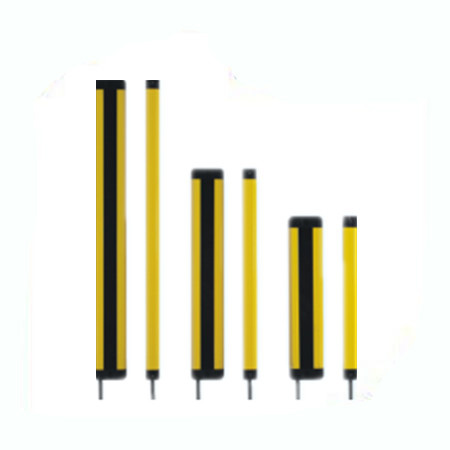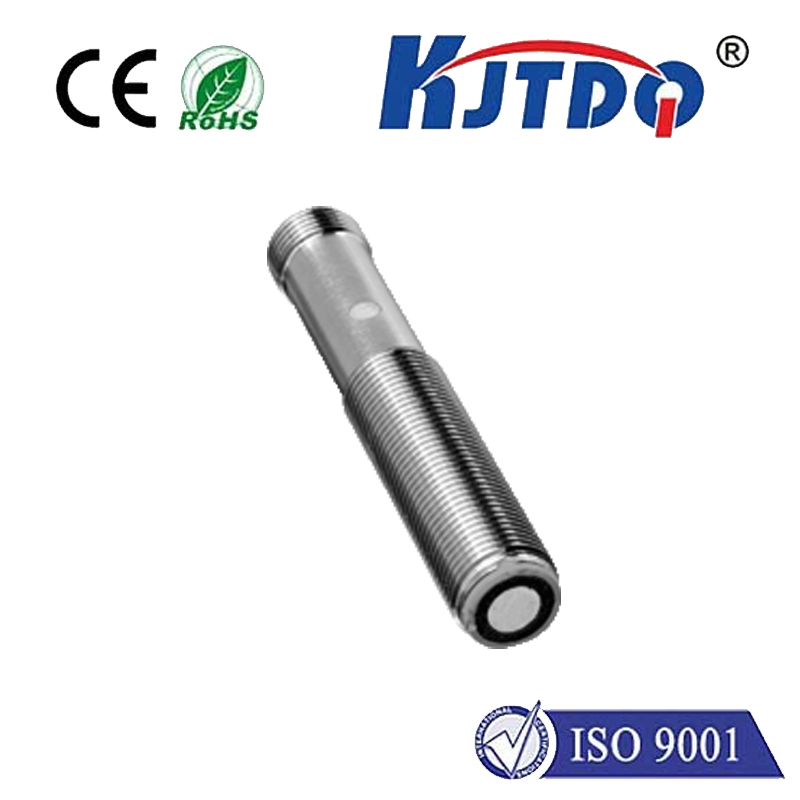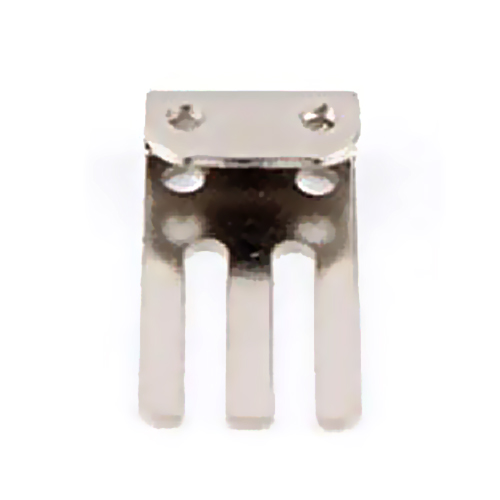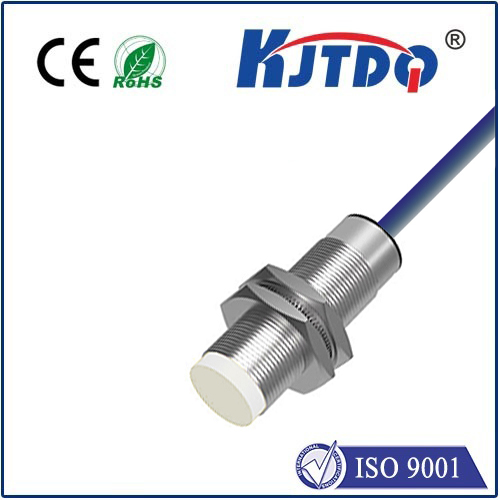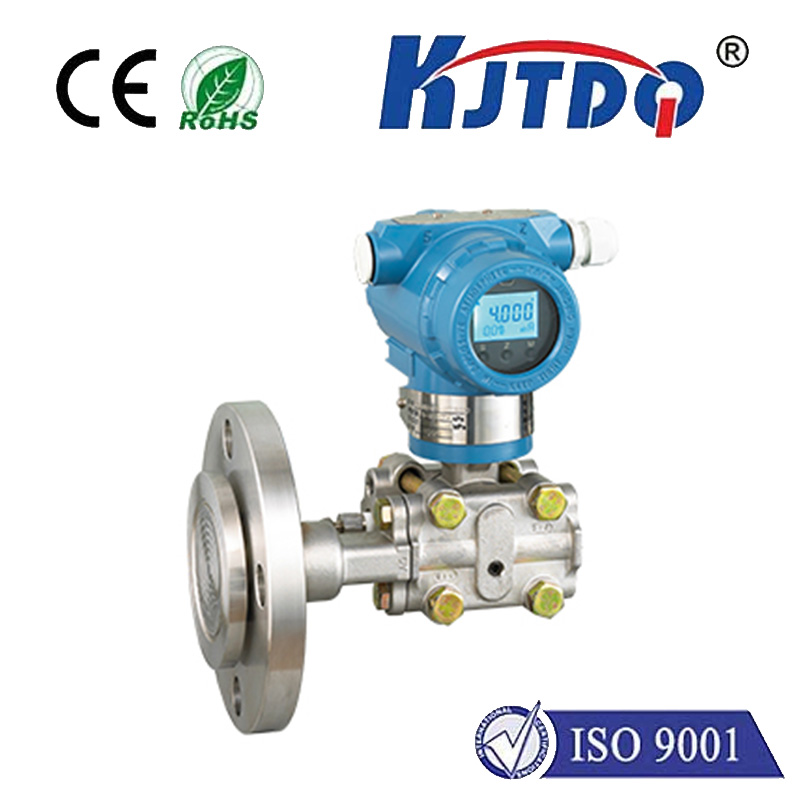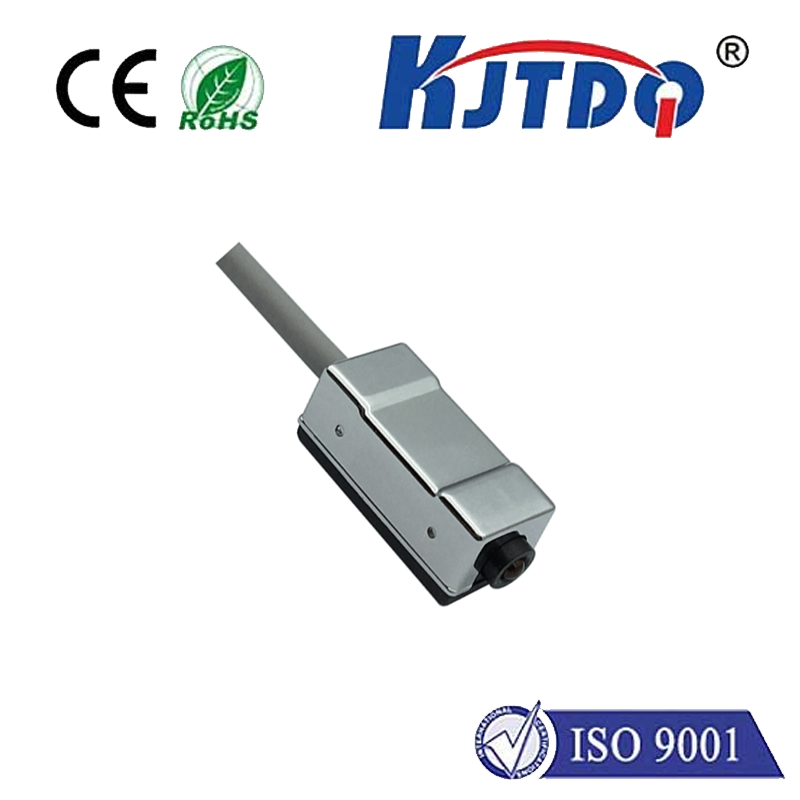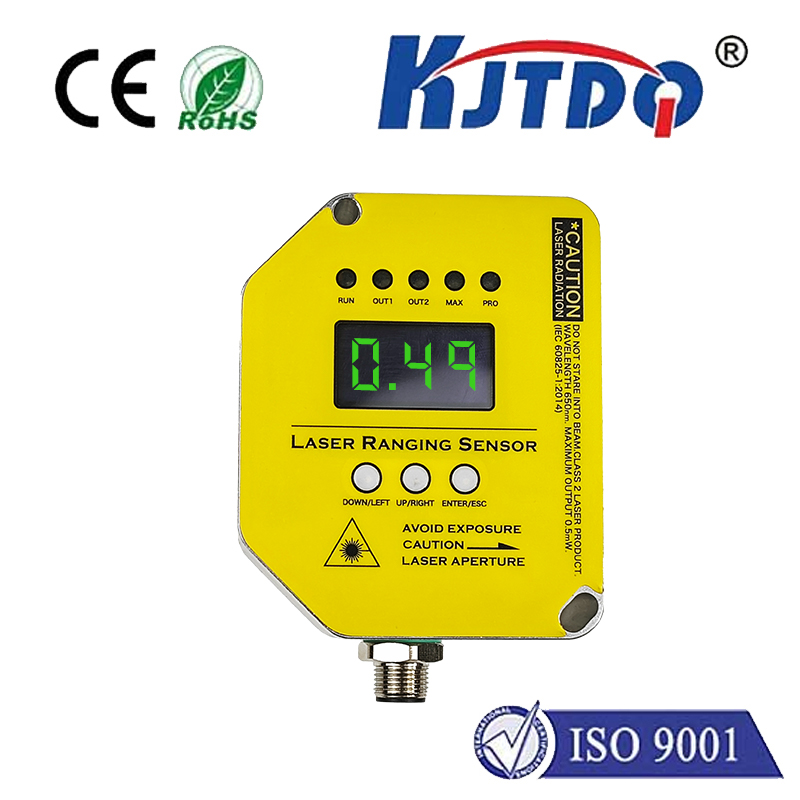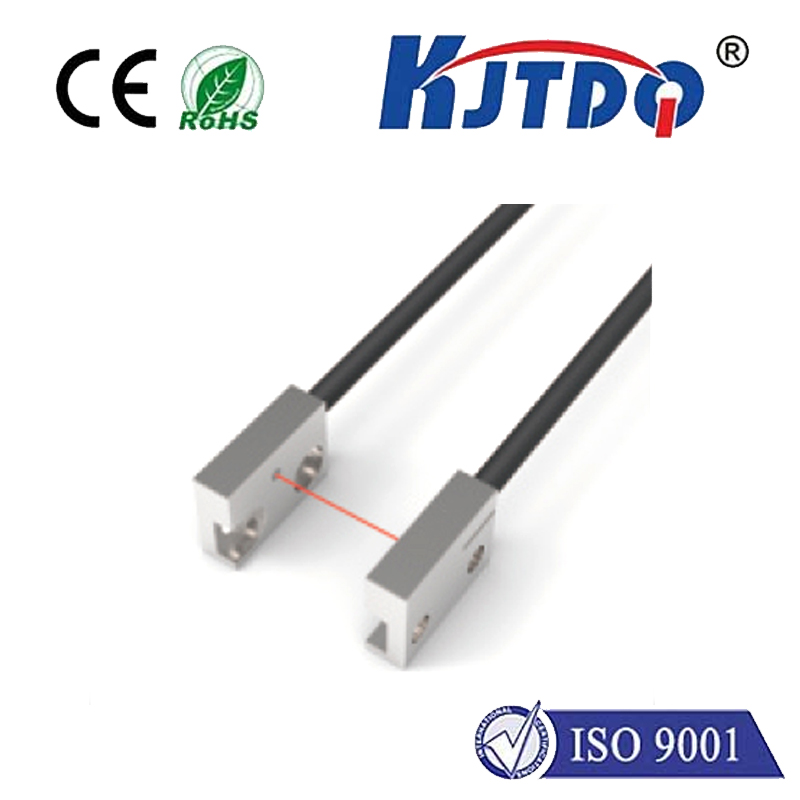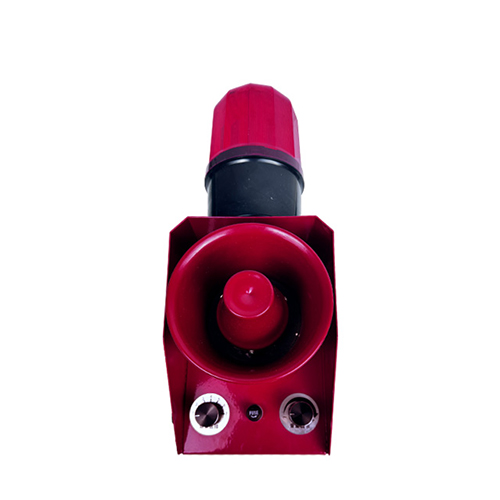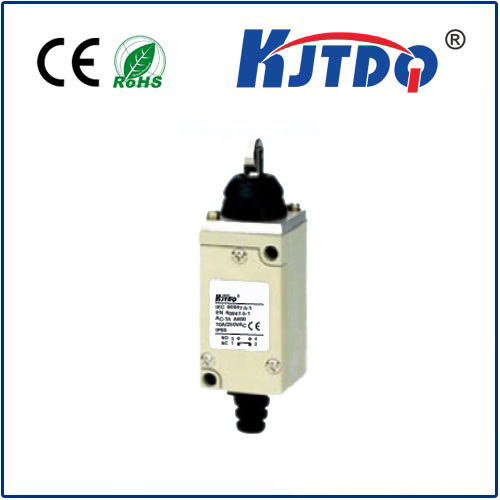

check

check

check

check
Picture a sprawling chemical plant where a single undetected pressure spike could trigger catastrophic failure. Or a water treatment facility relying on flawless flow control to serve thousands. At the heart of these critical safeguards lies an unassuming technological marvel: the pressure transmitter sensor. These devices silently translate the invisible forces of fluids and gases into precise data, enabling the automation that underpins our industrial world. More than just sensors, they are intelligent interpreters, vital for maintaining operational integrity across countless applications.
What Exactly is a Pressure Transmitter Sensor? At its core, a pressure transmitter is an advanced transducer. It doesn’t merely detect force; it actively converts physical pressure—be it from gases, liquids, or vapors—into a standardized, highly accurate electronic signal (commonly 4-20 mA or digital protocols like HART® or Foundation Fieldbus™). Unlike basic pressure switches or gauges, modern pressure transmitters integrate sophisticated electronics for signal conditioning, temperature compensation, and diagnostics, transforming raw measurements into actionable intelligence usable by control systems.
Diverse Types for Demanding Applications: The industrial landscape demands versatility. Key pressure sensor types include:

Crucial Characteristics Defining Performance: Selecting the right pressure transmitter hinges on specific performance parameters. Accuracy—often expressed as a percentage of span—is non-negotiable for quality control and safety. Long-term stability ensures the sensor maintains its calibration over years of operation, minimizing costly downtime. Robustness against extreme temperatures, corrosive media, vibration, and electrical noise is essential for harsh plant environments. Modern transmitters also increasingly feature intelligent diagnostics, predicting maintenance needs before failures occur.
The Engine of Industrial Automation: Pressure transmitters are indispensable within industrial automation ecosystems. They provide the real-time feedback loop for process control systems. For instance:
Their continuous, reliable data enables automated systems to maintain setpoints, ensure product consistency, enhance safety interlocks, and optimize resource consumption. The integration of digital communication protocols allows remote configuration, monitoring, and data access, further boosting operational visibility and efficiency.
Ensuring Lifelong Reliability: Maximizing the value of a pressure transmitter sensor requires diligence. Correct installation—considering mounting orientation, impulse line design (for DP applications), and avoidance of mechanical stress—is foundational. Regular calibration against traceable standards is vital to maintain accuracy over time. Understanding the process media compatibility with the sensor’s wetted materials (diaphragm, seals) prevents corrosion and failure. Many modern devices feature self-diagnostics and onboard process parameters, significantly simplifying predictive maintenance strategies and ensuring they remain a trustworthy pillar of the operation.
From the factory floor to deep within utility infrastructures, pressure transmitter sensors function as the silent guardians of efficiency, safety, and quality. Their evolution towards greater intelligence, ruggedness, and connectivity continues to push the boundaries of what’s achievable in modern industrial automation. Choosing the right sensor and maintaining it effectively isn’t just an operational task—it’s an investment in the very precision that defines successful industrial process control and safety systems.
